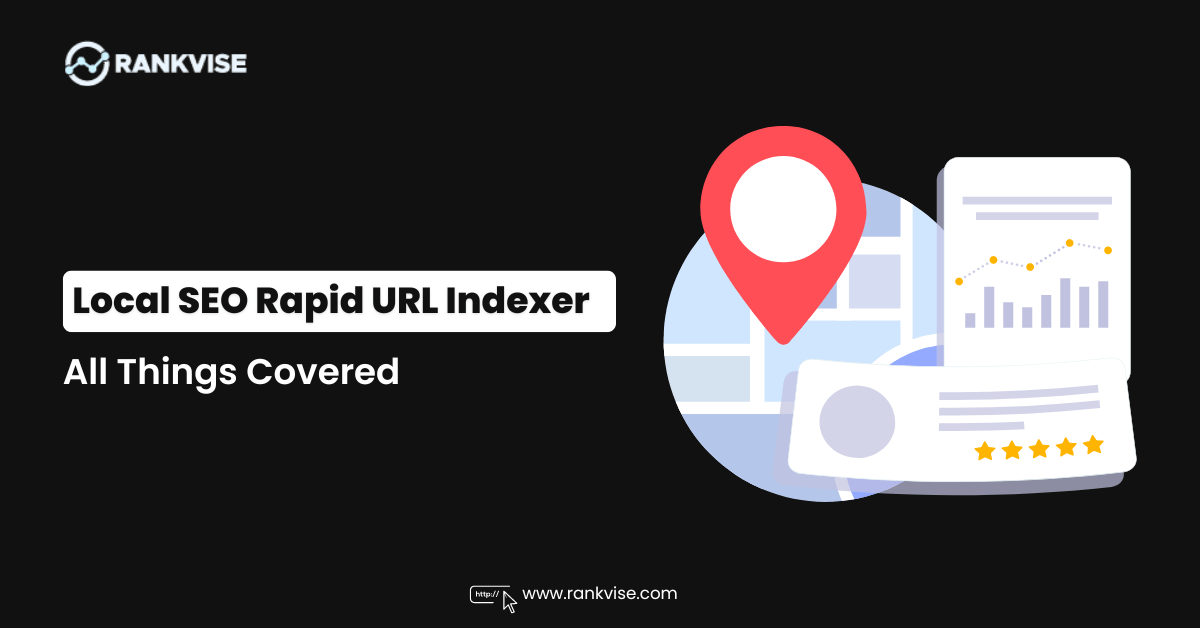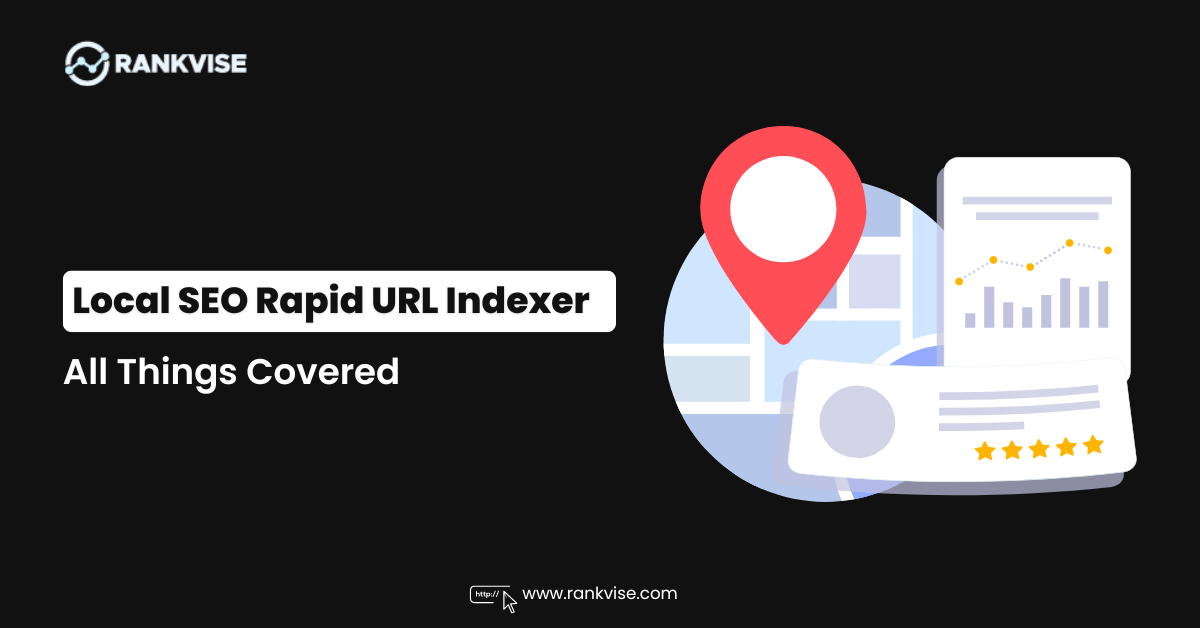In the ever-evolving landscape of digital marketing and search engine optimization (SEO), ensuring that your links are indexed by search engines is crucial for visibility and ranking. Automating link indexing has become a preferred strategy for professionals seeking efficiency and effectiveness in their SEO efforts. This article delves into the world of automating link indexing, examining the array of available tools and scripts designed to streamline this process. Additionally, it offers insights into best practices that can optimize outcomes, helping you maintain a competitive edge in SEO. Discover how to leverage technology to ensure your links are promptly and effectively indexed.
The Comprehensive Guide to Automating Link Indexing
Automating link indexing has become an essential part of SEO strategies for many businesses aiming to ensure that their web pages are effectively crawled and appear in search results. By automating this process, you can save time, improve efficiency, and significantly boost your site’s visibility. Tools, scripts, and best practices play critical roles in achieving effective automation.
The Importance of Link Indexing in SEO
Link indexing is a crucial aspect of SEO because it ensures that search engines recognize and catalog your web pages. Without proper indexing, your site may not appear in search engine results pages (SERPs), which can drastically reduce your online visibility and traffic. Effective link indexing ensures that all your pages, especially the more obscure ones, get a fair chance to rank and draw in traffic. This process also establishes the relevance of content across the site by ensuring that links make sense contextually.
Essential Tools for Automating Link Indexing
Several tools are pivotal for automating link indexing. Tools like Google Search Console, Moz, and Screaming Frog offer various features that can greatly simplify the indexing process. Google Search Console allows you to submit sitemaps and individual URLs, while Moz provides insights into link health and indexing status. Screaming Frog enables comprehensive audits to identify any issues that might hinder proper indexing, such as broken links or redirects that are not functioning correctly.
Creating and Using Scripts for Automated Indexing
Custom scripts can be a powerful way to automate link indexing tasks. For instance, Python scripts can be used to automate the submission of URLs to indexing tools and generate updated sitemaps. These scripts can operate on a schedule, ensuring regular updates to search engines. They can also be designed to automatically identify and resubmit pages that haven’t been indexed, using APIs from services like Google Search Console to interact with indexing features directly.
Best Practices for Effective Link Indexing Automation
Implementing best practices is key to successful automation of link indexing. Begin by regularly updating your XML sitemap and submitting it to search engines to keep them aware of all your site’s pages. Monitor crawl rates to ensure that no pages are being missed. Regularly perform audits to identify issues like broken links, redirects, or duplicate content that can hamper indexing. Additionally, focus on creating high-quality, relevant content that naturally encourages indexing through user engagement and backlinks.
Common Challenges and How to Overcome Them
Despite advances in technology, automating link indexing comes with its own set of challenges. Sometimes search engines have difficulty crawling certain pages due to technical issues like complex site architecture or dynamic content. This can be circumvented by ensuring a robust internal linking strategy and proper use of robots.txt files to guide crawlers effectively. Misconfigured canonical tags or meta robots can also prevent indexing; therefore, regular audits should be conducted to identify and address these issues promptly.
| Tool/Script | Functionality | Best Used For |
|---|---|---|
| Google Search Console | Submit sitemaps, monitor indexing status | Managing indexing and crawl errors |
| Moz | Track link health and indexing metrics | Continuous SEO monitoring |
| Screaming Frog | Conduct comprehensive site audits | Identifying crawl issues and optimizing site structure |
| Python Scripts | Automate URL submissions and sitemap generation | Customizing automated processes |
Does indexing with Rapid URL Indexer affect SEO?

Understanding Rapid URL Indexer and Its Role in SEO
The Rapid URL Indexer is a tool designed to expedite the process of getting webpages indexed by search engines. SEO, or Search Engine Optimization, relies heavily on how quickly and efficiently a site is crawled and indexed. Here’s how using a rapid indexing tool can influence SEO:
- Speed: Rapid Indexer tools claim to speed up the indexing time, which can be crucial for new content or when changes are made to existing pages.
- Visibility: Being indexed quickly can potentially increase the visibility of your site, though it’s critical that the content quality remains high to benefit SEO.
- Risks: There are risks involved, such as potential red flags for aggressive indexing practices which can negatively impact your SEO if search engines view it as manipulative.
Benefits of Using Rapid URL Indexer for SEO
Using Rapid URL Indexer might offer some potential benefits for your SEO strategy. Here’s what you can expect:
- Quicker Turnaround: Improved speed in getting updated or new URLs indexed and hence visible to search engines.
- Competitive Edge: For fast-moving niches, quicker indexing can provide an edge over competitors.
- Content Relevance: Ensures fresh content is timely and relevant, which may enhance user engagement and SEO outcomes.
Potential Drawbacks of Rapid URL Indexer in SEO
While there may be advantages, it’s also important to consider the potential drawbacks of using a Rapid URL Indexer:
- Overuse Risks: Over-reliance on rapid indexing tools may trigger suspicious activity under search engine guidelines, risking penalties.
- Quality Over Speed: Prioritizing speed over content quality may harm your site’s reputation and ultimately its SEO.
- Dependence: Developing a dependence on such tools might prevent the adoption of natural, sustainable SEO practices.
How can a Rapid URL Indexer help get indexed faster?

A Rapid URL Indexer is a tool designed to accelerate the process of getting your website pages indexed by search engines like Google. Indexing is crucial for your pages to be visible in search engine results, and a rapid URL indexer can significantly speed up this process.
Enhancing Your Search Engine Visibility Quickly
By using a Rapid URL Indexer, your website’s search engine visibility can improve more quickly. This tool allows webmasters to inform search engines about new or updated content more efficiently, leading to faster indexing. With a rapid indexer:
- Immediate Attention: It actively pings search engines to draw immediate attention to your URLs, ensuring that they are fetched sooner.
- Regular Updates: It provides regular updates to search engines about your site’s activities, keeping the content fresh and in front of the indexing process.
- Improved Crawl Rate: By making frequent requests to index new pages, it enhances the crawl rate of your site.
Increasing Website Traffic Potential
For any website, the potential to gain more traffic is directly linked to how quickly and effectively it is indexed by search engines. A Rapid URL Indexer helps in:
- Faster Visibility: By speeding up the indexing process, more pages from the website appear in search engine results sooner.
- More Opportunities: The quicker your pages are indexed, the sooner they can draw organic traffic through search results.
- SEO Benefits: Prompt indexing can have a beneficial impact on your site’s SEO efforts, as search engines value fresh content.
Streamlining Content Management Processes
In content-heavy websites, regular updates are a norm, making efficient indexing crucial. A Rapid URL Indexer aids in streamlining these processes by:
- Automated Indexing: These tools automate the notification process to search engines whenever content is updated or newly created.
- Time Efficiency: Saves time otherwise spent in manual requests for indexing to search engines.
- Error Reduction: Reduces the likelihood of errors in the indexing process by ensuring that all pages, new and updated, are brought to the search engine’s attention.
Frequently Asked Questions
What is automated link indexing, and why is it important?
Automated link indexing refers to the process of using tools or scripts to ensure that the backlinks pointing to a website are discovered and recognized by search engines. This is important because indexed links contribute to the overall search engine visibility and ranking of a website. Manual indexing is labor-intensive and less practical for larger websites, making automated solutions preferable. Search engines favor websites with a strong backlink profile, and having unrecognized or invisible links can diminish the potential SEO benefits. By automating the indexing process, businesses can effectively keep their link profiles up to date, ensuring maximum relevance and visibility in search results, ultimately maximizing their online presence.
What are the most common tools used for automating link indexing?
Several tools are widely utilized for automating the link indexing process. Services like Indexification, OneHourIndexing, and Linklicious are popular choices among marketers due to their efficiency in getting links recognized by search engines. These tools automate the process by submitting URLs to a network of crawlers or by generating social signals to make links appear more naturally acquired. They use various techniques to simulate natural link creation patterns, encouraging search engines to index them more readily. Additionally, some SEO platforms offer integrated link indexing features, allowing users to handle link indexing alongside other SEO tasks, creating a more streamlined strategy for boosting visibility and authority.
How do scripts help in automating link indexing?
Scripts can be a powerful tool for automating link indexing, particularly for those who prefer a more hands-on approach. They can be crafted to perform a variety of tasks such as fetching URLs from a database, submitting them to indexing services, or even pinging them to notify search engines of their existence. These scripts can often be set to run on a schedule, automating the process and reducing the need for manual intervention. By using programming languages like Python, marketers can create custom solutions that fit their specific needs, maximizing efficiency and effectiveness in getting links indexed. This flexibility allows for tailoring to the unique demands of a campaign, ensuring that all valuable backlinks are accounted for in the search engine indexing process.
What are some best practices for automating link indexing effectively?
Several best practices can help ensure the success of automated link indexing efforts. Firstly, it is important to maintain a clean and relevant link profile by regularly auditing backlinks and removing any that are harmful or irrelevant. Consistency is key; scheduling regular checks and updates can help maintain SEO health. Additionally, combining multiple tools and strategies can enhance indexing rates. It’s also advisable to monitor the performance of the indexing process using analytics tools, making it easier to adjust strategies as needed. Finally, focusing on building high-quality and natural-looking links will complement the indexing process, reducing the risk of being penalized by search engines. By integrating these practices, businesses can maximize their SEO strategies more effectively and keep ahead in an ever-evolving digital landscape.

